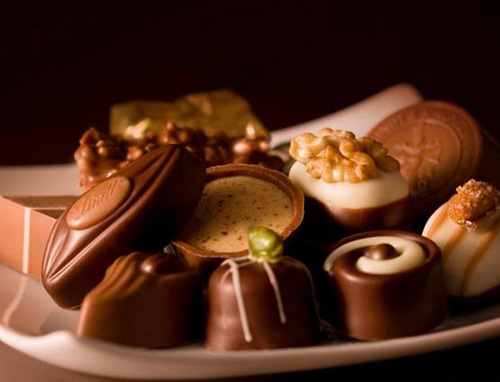3D printing food VS traditional food: each has its own merits
The concept of 3D printed food is no stranger to many people. However, in real life, 3D printed food is not common, and its social recognition is far lower than traditional food. I believe that in the near future, as the technical problems such as nutrition composition and production speed are gradually resolved, more 3D printed foods will enter people's daily life, and enrich the recipes with traditional foods.

3D printing food VS traditional food: each has its own merits
Recently, the well-known American market research company MARKETSANDMARKETS released a research report on food 3D printing, predicting that the global scale of the food 3D printing market will reach 425 million US dollars by 2025, and its compound annual growth rate will be as high as 54.75 from 2018. %. The release of this report has caused widespread public debate, and 3D printed food has become the focus of attention in the industry.
3D printing technology has been on the rise for several years, and the concept of 3D printed food is no stranger to many people. However, in real life, 3D printed food is not common, and its social recognition is still far lower than traditional food. So, what are the advantages and disadvantages of 3D printed food compared with traditional food?
Softness PK: 3D printed food is better
In general, people have no special requirements for whether food is very hard, but softness is often an important criterion that must be measured when making food. This is because, with the aging of the aging, the demand for soft food in a large number of elderly people is growing. In addition, patients with various special diseases have a long-lasting need for soft food.
Traditional foods need not be said, their softness is often determined by the ingredients and production methods, and it is difficult to change. And 3D printed foods undoubtedly have outstanding advantages in terms of softness. It can be said that with 3D printed foods, many elderly people and patients with special diseases can completely change the dilemma of relying on traditional muddy foods throughout the day. 3D printing can produce foods that are softer and easier to chew than traditional foods. Last week at the 3D Food Print Conference in Australia, the Asia Pacific Conference discussed the use of 3D printed vegetable sauce and horse-boiled sauce technology to help people with dysphagia. .
Personalized PK: 3D printed food wins another game
One of the great advantages of 3D printing technology is that it can meet the needs of personalized customization, and food 3D printing is no exception. With the improvement of living standards, traditional foods are difficult to innovate. The fixed shape that is difficult to change has already made some people tired. The demand for customized foods is growing rapidly, and 3D printing is the best tool for making such foods. Previously, people have come up with creative ideas to install 3D food printers in Disneyland to increase revenue.
However, the customized production of food 3D printing still has certain limitations, mainly limited to the production of several types of food such as chocolate, cake, candy, etc., but the ability to personalize other ingredients has yet to be improved. In addition, the personalization of 3D printed foods has been favored by some consumers, but it has also been criticized by another group of people, which is considered to be a gimmick.
Nutritional value PK: equal to the autumn color is difficult to break
In terms of nutritional value, 3D printed foods and traditional foods have their own strengths.
It is not difficult to imagine that since 3D printing technology can personalize the appearance of food, it can also act on the nutritional value inside the food. A little bit of 3D printing food is here. It can adjust the proportion of nutrients contained in the food according to the different needs of different groups of people. For example, sugar, protein, and other substances necessary for the human body, the demand for people of different physical conditions is not the same. If it is taken through traditional foods, it can only be controlled by adjusting the amount of food, while 3D printing only needs to adjust the food itself.
Although 3D printed foods have the above-mentioned benefits, it is still difficult to completely replicate the complex chemical composition of traditional foods, so the nutritional comprehensiveness will be slightly inferior, and this also affects its taste and texture.
Production speed PK: traditional food wins
The aspect of 3D printed food that is currently completely lost to traditional food is production speed. This is also an important reason why it has not been promoted on a large scale. It can be said that it is the current industrial bottleneck.
The speed of production of traditional foods is obvious to all. The process of making 3D printed foods from raw material preparation to equipment debugging to cooling and solidification after food extrusion adds up much more than traditional food. Therefore, the current food 3D printing is still available for small-scale personalized production, and the production of large-scale food is obviously unrealistic, and the time cost needs to be reduced.
The development of 3D printing technology is leaps and bounds, and food 3D printing is no exception. I believe that in the near future, as the technical problems such as nutrition composition and production speed are gradually resolved, more 3D printed foods will enter people's daily life, and enrich the recipes with traditional foods.
(Editor)
Biodegradable Poop Bags,Biodegradable Daily Waste Bag,Plastic Biodegradable Dog Waste Poop Bag,Biodegradable Dog Waste Bag
Taizhou Jinchi Sanitary Product Co., Ltd , https://www.petwastebagtzjc.com